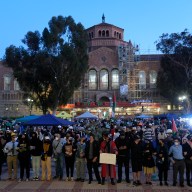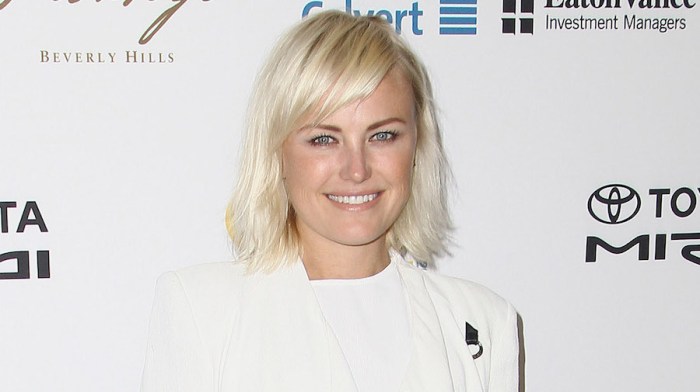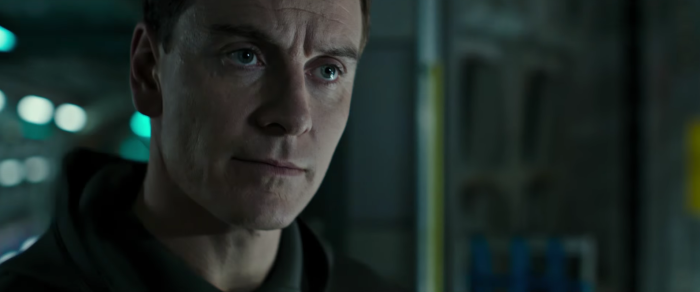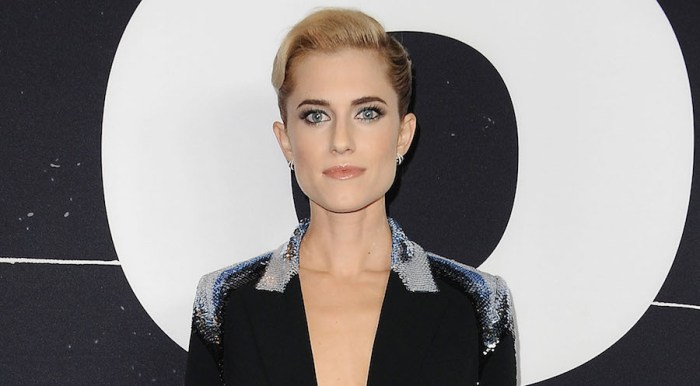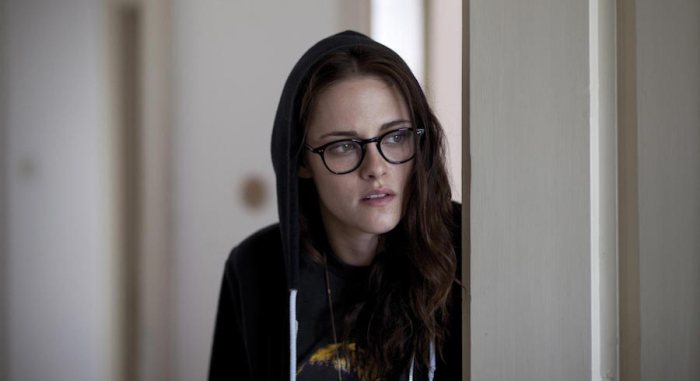The James Bond films have survived over the last 53 years because they’ve been willing to change. Since 1962’s comparatively modest “Dr. No,” there’s been, most noticeably, a revolving door cast of 007s. But there’s also a flexibility with reflecting the times, even hopping on faddish trends. When blaxploitiation became cool, they did “Live and Let Die.” When “Star Wars” landed, “Moonraker” was cued up. But they’ve changed in more profound ways over the half-century. With “Spectre,” the 24th Bond film, hitting theaters, here are some of the subjects and qualities that have undergone make-overs, even if minor ones, then vs. now: Sexism Then: Ian Fleming’s first Bond novel, “Casino Royale,” was published in 1953, the same year as the first issue of Playboy. Their hungry subscribers were the perfect consumers of Fleming’s violent escapist fare, filled with jet-setting, fine cocktails and disposable babes. It wasn’t entirely unaware of its carousing worldview: The one time Bond settles down, in “On Her Majesty’s Secret Service,” his new bride is gunned down, as though punishing him to an eternity of quickie flings. RELATED: “Spectre” is a return to when the Bond films were brainless junk Now: Bond still doesn’t settle down, and those he actually loves (Eva Green’s Vesper Lynd from “Casino Royale”) still die. But its view of female characters has gotten…slightly better. Once a feisty Bond Girl like Diana Rigg in “On Her Majesty’s Secret Service” was an outlier. Now they’re fairly normal. “Spectre,” in fact, goes further, with a Bond Girl older than its star in the form of Monica Bellucci (who, in any case, still looks like Monica Bellucci). There’s even a push to call them “Bond Women.” Still, even a strong-willed co-star like Lea Seydoux in “Spectre” is often reduced to a mere damsel in distress. Then again, better occasionally autonomous than “The World is Not Enough”’s Dr. Christmas Jones. Racism
Then: Being the creation of a proper, professional alkie Englishman during the waning days of the British Empire, Fleming’s original Bond books — and most of the films — weren’t so delicate with other cultures and peoples. “You Only Live Twice” finds Connery’s Bond posing, badly, for what seems like forever, as a Japanese man. The “Live and Let Die” novel is jaw-droppingly, casually 1950s English racist, regularly dropping the n-word and featuring a character bemoaning how nice Harlem was until, well, you know. The 1973 movie only slightly softened the blow, still portraying every single black character as villainous and duplicitous. (Though Yaphet Kotto’s Dr. Kananga is a powerful charisma-machine.) RELATED: An interview with Jamy Temime, costume designer of the Bond films Now: In 2015 we’re talking about a possible black Bond who might even wind up being Idris Elba — and by “we’re talking,” we mean the Internet, not any of the actual film producers, since Elba has never been courted with the role, except by excitable journalists. What’s worse, there’s been an inevitable backlash from traditionalists uneasy about a non-white 007. Even Anthony Horowitz — current author of the series’ books — let slip that he found Edris “too street,” before apologizing. Still, the series has…well, occasionally cast black actors in prominent roles. Few Bond girls can touch “A View to a Kill”’s Grace Jones, if only because if they tried Jones would kill them with her venomous stare. Tone Then: The tone of the series has wobbled over the decades, sometimes from film to film. They started off, with “Dr. No,” as more straight-forward thrillers, short on the gadgets and globe-trotting that would come to define the fra. With “Thunderball” they became sillier and more outsized. Since then they’ve been campy (half of the Roger Moores), tough (the Timothy Daltons) and all-over-the-place (the Pierce Brosnans). There’s rarely a balance or consistent tone, as it’s tough taking serious a scene, as in “Octopussy,” where a glazed ham like Roger Moore dresses like a clown. Now: By the Craig era they had settled into serious, semi-realistic broodfests, fond of bare-knuckle violence and allergic to Moore-esque quips about his John Thomas. It’s again all in keeping with the times: genre junk, like comic books and half-a-century-old franchises, are now treated like Ibsen. When people get tired of blockbusters treated po-faced — and when Craig officially passes the torch — the series could become quite different. Again. International relations Then: The Fleming novels and most of the films have treated the planet like a sprawling imperialist playground, envisioning a world where the West — and in particular an Englishman — can traipse about from scenic place to scenic place, and sometimes blow up parts of them real good. As far as enemies of the state go, the series was born at the height of the Cold War, with Russia usually either a villain or a dodgy ally against bigger baddies, sometimes including agents from shadowy SPECTRE. RELATED: Why Blofeld was missing from the official Bond films for nearly four decades Now: As the Cold War passed on, the series had to ditch Russia as a frenemy, and it’s kept mostly mum about directly citing real-life tragedies. September 11 gets briefly name-checked in “Casino Royale,” and the rise of surveillance culture fuels part of “Spectre.” But the planet is still Bond’s playground, and even in “Spectre” he destroys a small chunk of Mexico City in order to save it. Still, that’s not as bad as the time in “The Living Daylights” when Timothy Dalton’s Bond, as John Rambo did in “Rambo III,” wound up aiding the Mujahideen, thus making the world safer for Al Qaeda. Whoops! Stupidity Then: Born of page-turners best enjoyed with a shaken martini (or several of them), the Bond films have always been lax about logic. Even trying to follow the basics of a storyline can lead to scratched heads, and plots are often no more than excuses to get its hero from one pretty locale and splashy action set piece to another. In other words, they’re all pretty stupid. RELATED: Daniel Craig doesn’t give a f— who plays Bond next Now: Well, they’re still pretty stupid. The Craig-era Bonds, especially when wielded by Oscar-winning director Sam Mendes (“Skyfall,” “Spectre”), are told with such command of the medium that they certainly look intelligent. But study them closer and they’re still the same jumble of dopey plots. Even beloved “Casino Royale” has a poker mid-section that the characters point out is dumb. The Craigs are anchored by a depth of feeling and an ever-growing anger, always dipping into his unhappy past. That quality is less present in “Spectre,” which makes it easier to notice its an incoherent storyline connected by cool fights and travel-hopping. Then again, people these days like their blockbusters to be a mere jumble of pure stuff, like the hot mess that was the second “Avengers” movie. Once more, they’re just keeping with the times.
5 ways the Bond movies have changed over 53 years
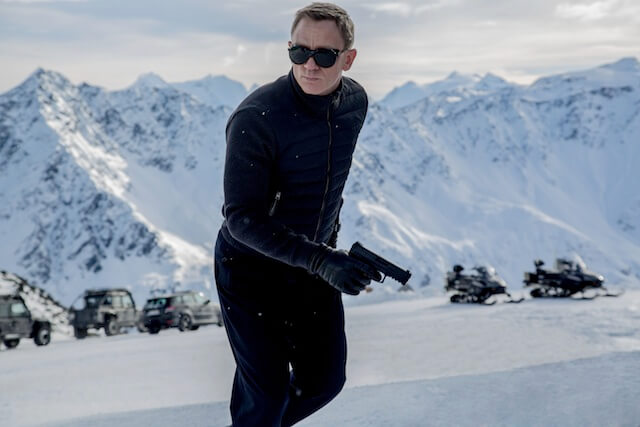
Sony
Follow Matt Prigge on Twitter @mattprigge









